The pandemic has limited our ability to visit the world freely, but it’s still possible to see sites around the globe – without leaving home. Virtual reality has created a way to access any landmarks, sites, or natural wonders digitally.
This virtual environment is made possible using connected headsets, AI-based machine learning, and adaptive motion sensors.
Read on to learn how VR developers are helping to revamp the tourism industry in a safe and modern way.
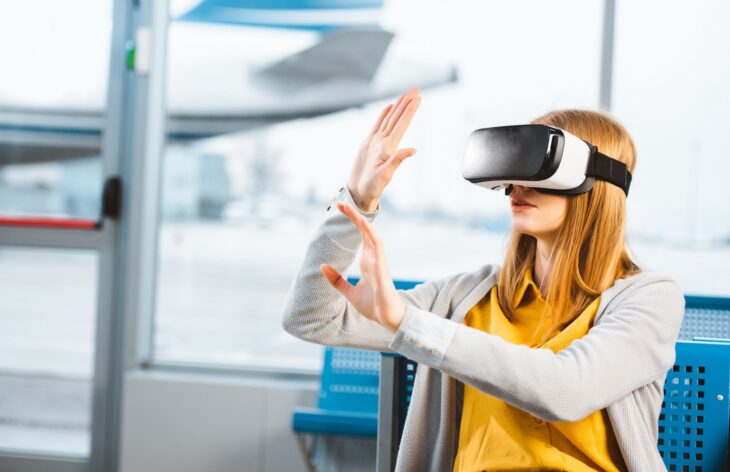
Source: Medium
Contents
Virus-Free Virtual Tours
Many Americans would be spending this time planning for their upcoming holiday vacations out of town, out of state, or even out of the country. Now, more families are opting for a Thanksgiving over video chat to stay safe amid the pandemic.
Virtual travel tours are one way that consumers are able to spend their vacation time without leaving home. Users can embark on a digital tour of the Eiffel Tower or Antarctic ice shelf with just a mobile phone, or a compatible headset for an even more realistic experience.
Many of these tours are free of charge, and some are even conducted in real time with a live guide on-site. For more arduous treks and excursions, on-demand videos provide striking visuals without the adrenaline.
For children who are distance learning during this time, this can be a helpful and fun way to incorporate field trips into the lesson plan.
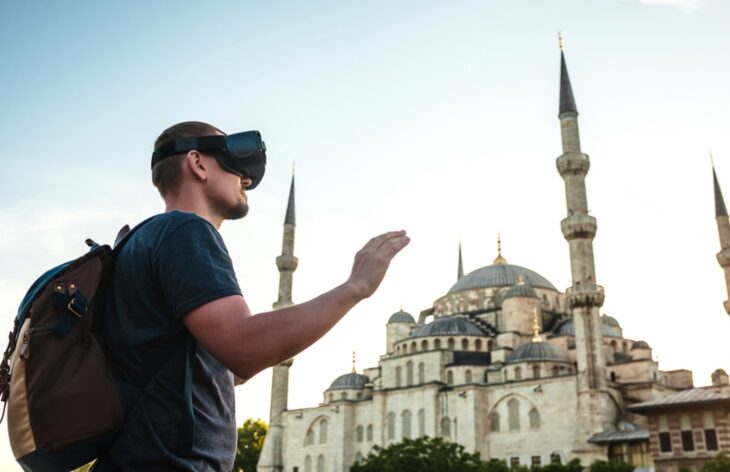
Source: The Chartered Institute of Tourism and Hospitality
Faster Retail Transactions
Whether you’re booking a hotel stay or inquiring about renting a car, the wait can be the worst part. No one likes lining up just to go through a tedious transaction before finally being on their way. Virtual reality is helping to shorten the process for those looking to book, secure, or inquire about travel resources.
Brochures and lengthy presentations might become a thing of the past for travel marketers and advertisers. Instead, they can reach their audience with an immersive sample experience of what they’re offering prospective guests.
Virtual reality can utilize AI technology to predict the needs of potential visitors and customers by tracking their online habits, and gauging their engagement with the site or app.
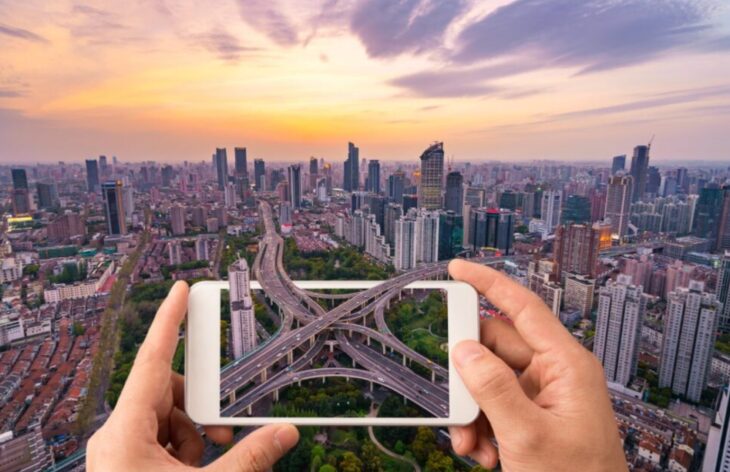
Source: The Dope
Increased Customer Satisfaction
One of the primary reasons why people come home disappointed from expensive vacations is unmet expectations. While overedited Instagram photos might make the Champs D’Elysees look like a sparkling clean and quaint local street, the bustling reality comes as a shock to unsuspecting tourists.
With virtual reality as a marketing tool, both real and digital excursions can come with a lower degree of buyer’s remorse.
Digital travel tools like 360-degree walkthroughs and virtual activity demos can allow hopeful travelers to test out their potential purchase of a hotel stay, wildlife safari, kayaking trip, timeshare, or other travel-related product.
For online trips and travel-from-home programs, virtual reality can paint a hyper realistic picture of the world’s most remote and inaccessible places – without the steep cost.
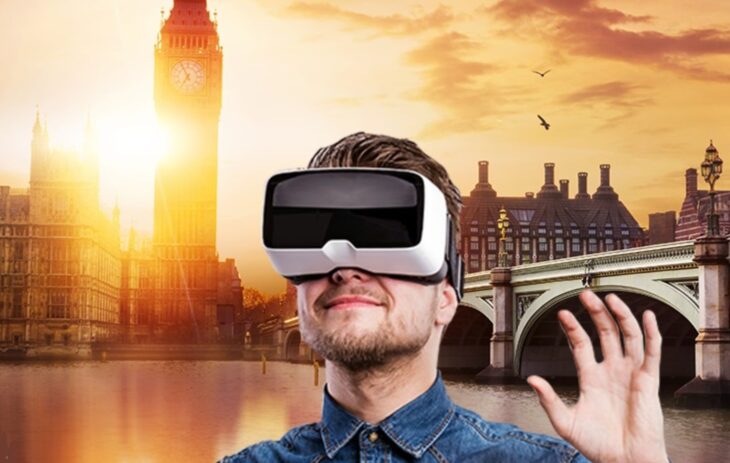
Source: Adventure Travel News
Safe Natural Explorations
Have you ever wanted to explore a live volcano? Or scale Utah’s craggy canyons? If you dream of seeing the world’s least-forgiving sites without the risk of danger, virtual travel is the way to go.
Although hundreds of thousands of lives have been lost this year alone, the viral pandemic isn’t the only threat travelers have to face on the road. Transportation accidents, other health concerns, and injuries caused by high-risk activities cause even more deaths and casualties every year.
Using high-quality 360-degree photography and video programs, explorers are able to record the entire experience from their point of view. From deep sea excursions to extreme heights, viewers at home can see every creature and shift in the terrain first hand – without being attached to a harness at 14,000 feet.
For adventure junkies who have recently been injured, or who can’t afford the costs of an onsite expedition, this can provide a small substitution in the meantime. Plus, this gives the entire family a chance to be involved in the experience.
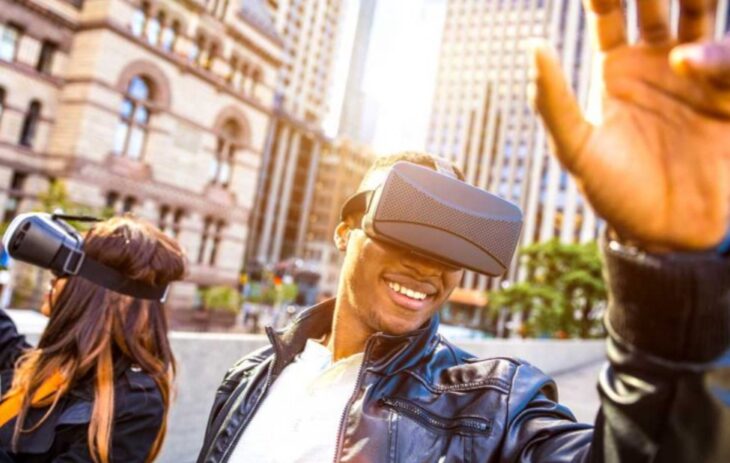
Source: Thiclaptrinh
Safeguard Against Inclement Weather
Typically, even local travel plans are at the mercy of Mother Nature. Assuming all goes well and the sun is shining, your itinerary can move on as planned. But, what if the forecast doesn’t work in your favor?
Virtual reality traveling takes the issue of weather out of the picture. Tour guides can conduct their projects whenever the weather is appropriate for the attraction, and viewers at home can relive the experience under the best possible circumstances.
This can also improve safety for certain excursions, by eliminating the chances of a hitch in the travel plan or dangerous experiences during the tour. For example, going on a whale watching tour virtually is much safer since there is no chance of a storm keeping you from entering a port – or capsizing the boat.
Even if the weather has already turned where you are, you can still take a virtual trip to a tropical paradise – or even see the Northern Lights from the comfort of your living room.
Ensure that your vacation will go as predicted by eliminating this common problem from the planning process entirely.
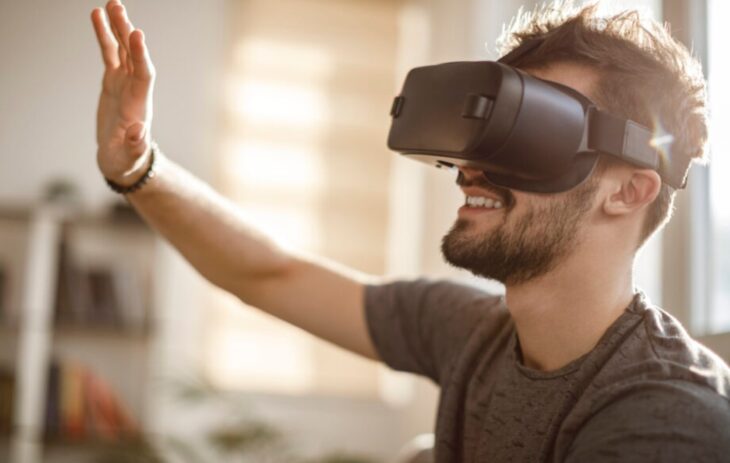
Source: The Dope
Cost-Effective Travel
It’s no secret that seeing the world isn’t cheap. Plane tickets, hotel rooms, food, and tour fees add up quickly. For those bitten by the travel bug, but limited by a budget, virtual travel is helping create a more accessible and affordable industry.
Companies like RelayCars are able to showcase a complete car showroom, videographers can capture an entire city in one video, or even an entire continent in a single digital library.
Instead of dropping $10,000 on a trip to Antarctica, you can see everything the South Pole has to offer adventurers without incurring any of the cost – or the cold. Expensive locations like Hawaii, Bora Bora, and Scandinavia are now easily attainable for even the most shoestring travelers.
Before buying a ticket as soon as regulations are lifted, consider opting for a virtual tour of a new city, state, or country instead. Digital travel is often free of charge, or there are a ton of low-cost tours on the market today.
